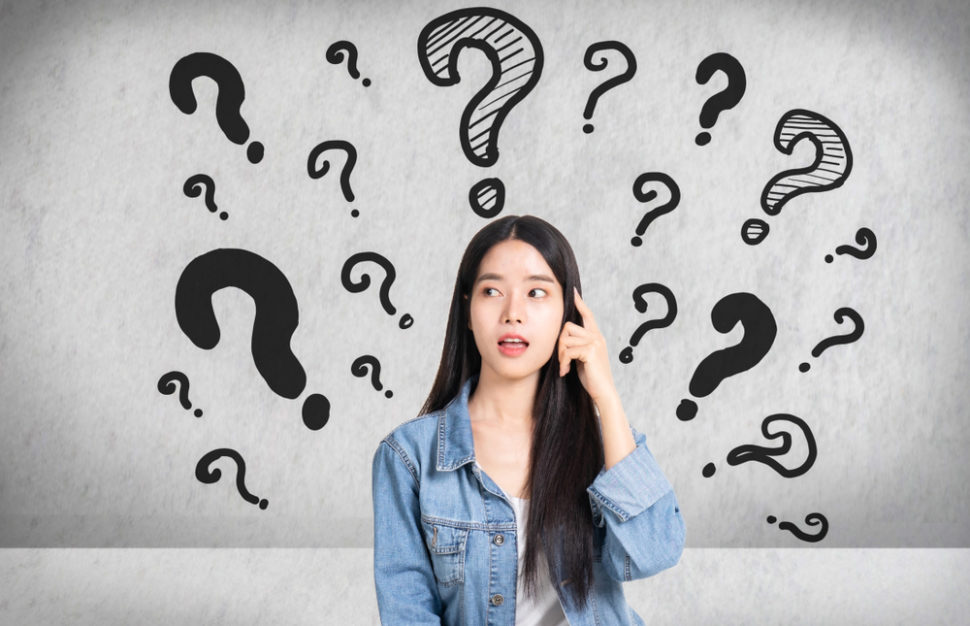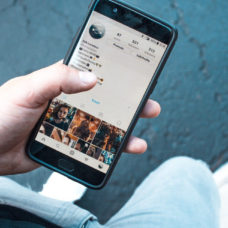Nowadays, there are automated language translators. Yet, they don’t always work for some conversations. That’s because the internet speaks, memes, and emojis have evolved the way we communicate.
According to the Merriam-Webster Dictionary: “a meme is an idea, behavior, or style that spreads from person to person within a culture.” Wikipedia expands on this by saying that a meme is created “often with the aim of conveying a particular phenomenon, theme, or meaning represented by the meme.”
Memes are familiar and identifiable between the creator and the observer, but words aren’t the only vehicle used by memes. In a weird way, humans have circled back into image-based language.
How did things like “LOL” become “lawl” or “lel”? Also, how is it that no other emoticon captures this emotion: ¯\_(ツ)_/¯ ?
In this article, we’ll explore how tech and language influence each other. Moreover, we will learn the true origins of the word “pwn.”
Ready to have an IRL interface with the Internet? No, me neither.
Master Chief iPwn | Nhat Nguyen via Deviant Art
Did the Infamous Gaming Word Really Originate From a Typo?
Both I and many others thought that “pwn” came from a gaming typo.
When you try to say that you “owned” your opponent, your finger will hit “p” instead of “o.” Thus “pwn” and many subsequent memes and jokes were born. Right? Well, it’s not the most likely scenario.
Many allege that the term comes from a chess-related term known as “pawned.” This relates to a strategy in chess involving the “pawn” pieces. Other theories have the term “pwn” relating to hackers using phone equipment over computers.
Either way, “pwn” is part of the lexicon of “leetspeak” and overall internet slang. It, along with things like ROFL and LMAO, has bled off the computer screen and into real life.
Side note: “pwn” has its page on Merriam-Webster. What a time to be alive, eh?
Is “Internet Speak” A Problem or Just Part of Evolution?
I can’t tell you how many times people have laughed at me for using “internet speak” IRL.
But it has been called a “plague on society,” which is a little melodramatic. They are just words, and language belongs to those who use it. A scientific theory is not the only thing that evolves.
Language is as much of a living being as you, me, or that cute dog you like on Instagram.
As such, it is no surprise that shorthand words developed into initializations and those further developed. Consider the long journey of the simple word “lol.” No language translator can explain its evolution as a part of the English language.
Many older generations think it means “lots of love,” which is sweet yet inaccurate. It actually meant “laughing out loud” initially, and it still means that. The difference is that “lol” means “lol” now. There is no “laughing out loud” because “lol” is synonymous with laughter.
More than that, it serves multiple purposes in both text and in-person conversation these days. As with most things that evolve in language, function affects form.
The A.V. Club debuted this “Pop Lexicon” series recently, and there are only a couple of episodes for now. But it breaks down the origin of popular phrases like “Yadda Yadda” and the development of them. The evolution of the English language through a tech lens is even more fascinating.
Spelling Differences and Variations on a Laugh
Oddly enough, it is the visual and phonetic journey of “lol” that surprises me. I see and say, “lel,” which means a different thing than “lol.” You also see “lawl” or “lolz” or even “lolololol” to indicate more intense enjoyment.
For instance, I use “lel” when I think something is funny in a condescending way. I also use “lel” and “lolz” more when I play video games. I audibly say “lawl” in a real-life conversation, but use “lololol” mostly in text. Fun fact: “lawl” means “laughing a whole lot.” I thought it was just a phonetic pronunciation of “lol.”
Why is this? How is it that one word, with few variations, can be so context-specific?
“Lol” also serves as an interlocutor involvement similarly to “mmhmm” or a head nod equivalent. It is an almost knee-jerk response with limited cognitive involvement. But it signals that you are present in the conversation and listening.
A 2015 Washington Post article by Lauren Collister explores “lol” through the lens of laughter. She talks about “haha” and “hehe,” as well, but “lol” is more than laughter. And, in truth, “haha” and “hehe” mean something different from “lol.”
In some ways, “haha” feels too personal while “lol” indicates a passive enjoyment. In the same way that a period at the end of a sentence feels angry, a “haha” feels too much. I attribute this to how much detachment internet culture imparts on its users.
We use “internet speak” to establish boundaries and context due to the impartial platform of text.
How Emoticons Developed in Emojis and Emojis Became Language
If you grew up in the Live Journal or Xanga era, you know a little bit about emoticon culture. Before we could send images via text, we just used letters and punctuation marks.
Beyond even the AOL Instant Messenger or first email emoticons, early emojis were, well, creative.
Take this guy for instance which I picked up in high school: <);{‘
Can’t quite make out what it is? Neither could I until someone told me: it is a winking cowboy with a mustache smoking a cigar. Yes — of course, totally, 100%; why would it be anything else?
But the original emoticons of 🙂 evolved into more streamlined emoticons such as :). We then progressed into more expressive emoticons using other symbols such as below:
- To stick out your tongue: :p
- Convey surprise with: :O
- Show that you are pleased: c:
- Maybe you are stressed or sad: T_T
- Okay, now you are REALLY stressed or annoyed: >_<
- And, now you are sad: Q_Q
- Or maybe you are really, really happy: 😀
- This is kind of like a cat: :3
- And so on UwU
Each emoticon conveys a different emotion of mood. Many people still use them in tandem with emojis, despite the wide variety of emojis.
Of course, you can get more creative with emojis.
This would befuddle a modern language translator because it uses images to communicate instead of words. What does this say about the English language moving forward with tech?
Hearkening Back to Ancient Civilizations
While modern emojis don’t use the phonetic aspect of character-based languages, they are a language.
The most on-the-nose comparison comes (obviously) to the ancient Egyptians. Their system of hieroglyphics was one of the first written languages next to Cuneiform. Though the images can relate to what they look like, the images usually relate to sounds.
For instance, the Egyptian alphabet has a snakelike image for “J” and an owl for “M.”
Is this a situation where we go “full circle” back to images corresponding to phonetic sounds? Most likely, this will not be the case. This is due, in part, to GIFs and how they provoke more than just a good “lol.”
It Isn’t Just Emojis and “Internet Speak” Though
The English language has changed because of tech, but not in ways that a language translator can recognize. The transition back to image-based communication is remarkable.
But GIFs also had a great deal to do with this transition.
Whether you work at a big company or are a college student, you have probably seen gif trains. You know: one person sends an email, another person responds with a gif. Before you know it, the thread has fifty responses of asinine moving pictures.
I admit, most of the time, I can better express myself using a GIF than words.
That’s because, whether other people realize it or not, GIFs are more than images. They conjure a context, a mood, and even memories. Consider the above GIF, for example.
Again, whether we realize it or not, we pick GIFs for the associations they conjure as much as the content of them.
What’s the Next Shift for Tech-Influenced Language?
Due to technological innovations, so many facets of life have become denser and more dynamic. The English language is just one example of how increased interconnectivity and tech fundamentally transmute centuries-long traditions.
And given that they have a real-time language translator now a la Hitchhiker’s Guide to the Galaxy, I have to ask, “What’s next?” While I don’t have an answer, I am very, VERY excited to find out.



















Comments (0)
Most Recent